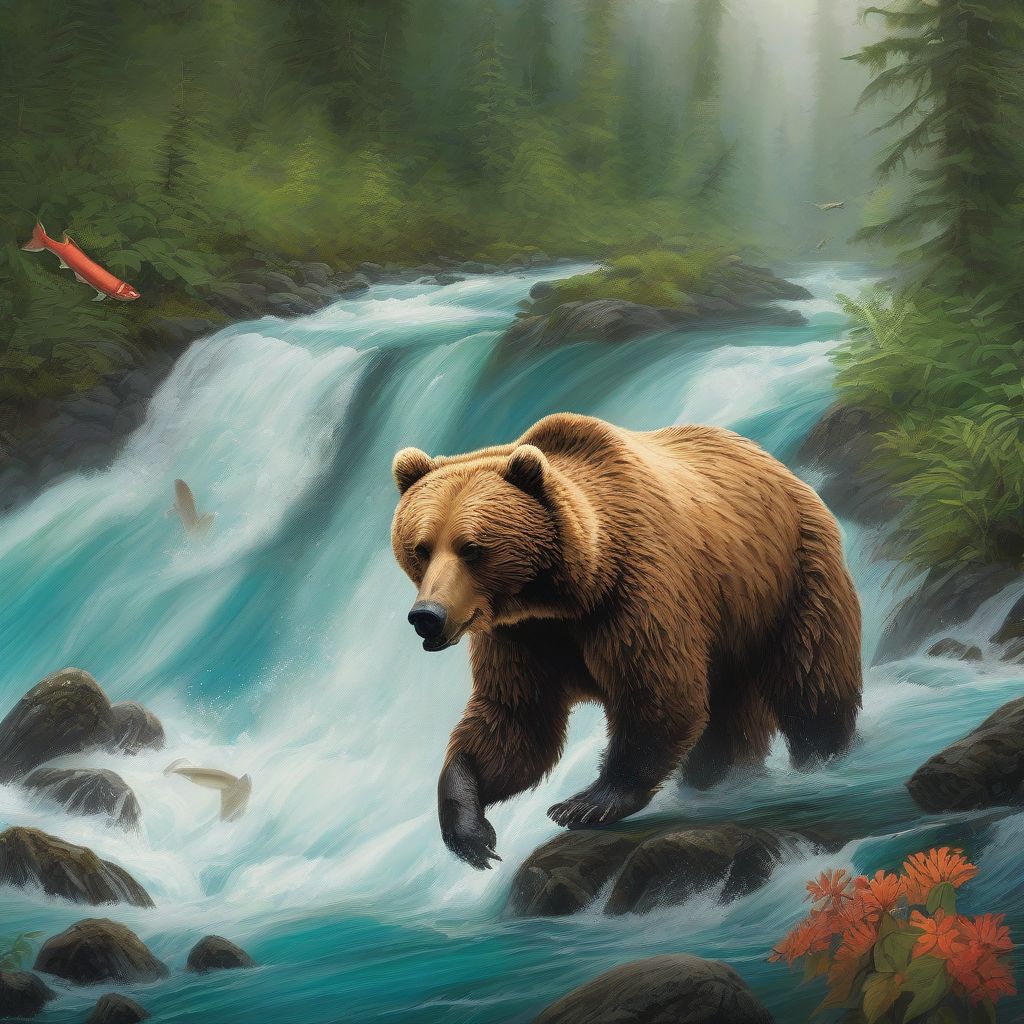Nestled in the northwestern corner of North America, Alaska is renowned for its towering mountains, pristine glaciers, and abundant wildlife. Yet, this land of extremes is also home to a lesser-known wonder: temperate rainforests. These lush, vibrant ecosystems face unique challenges, but their story is one of resilience, reminding us of nature’s incredible capacity for renewal.
Understanding “Rainforest Recovery” in the Alaskan Context
“Rainforest recovery” in Alaska refers to the ongoing process of these ecosystems rebounding from disturbances. These disturbances can be natural, like wildfires or insect outbreaks, or human-induced, such as logging or the impacts of climate change.
What makes Alaskan rainforests unique?
- Northern Latitude: Situated at high latitudes, these rainforests endure long, dark winters and short, cool growing seasons, pushing the limits of where rainforests can thrive.
- Close Interplay with Glaciers: Many Alaskan rainforests exist alongside glaciers, creating a dynamic landscape influenced by glacial meltwater and the gradual retreat of ice.
- High Sensitivity to Climate Change: The rapid pace of climate change in the Arctic region poses specific challenges, impacting temperature, precipitation patterns, and the frequency of disturbances.
The Importance of Rainforest Recovery in Alaska
The recovery of Alaskan rainforests holds immense ecological and societal significance:
- Carbon Sequestration: These forests play a critical role in absorbing and storing atmospheric carbon dioxide, mitigating climate change.
- Biodiversity Hotspots: Alaskan rainforests support a rich array of plant and animal life, many of which are found nowhere else on Earth.
- Cultural Significance: Indigenous communities have relied on these forests for generations, and their cultural heritage is intertwined with the health of these ecosystems.
vitkhakicampbell.com/wp-content/uploads/2024/08/Alaskan-rainforest-wildlife-66bac2.jpg" alt="Thriving Wildlife" width="1024" height="1024">Thriving Wildlife
Common Questions about Rainforest Recovery in Alaska
The complexities of rainforest recovery often spark curiosity and raise important questions. Here are some frequently asked questions:
- How long does it take for a rainforest to recover? The recovery timeline varies greatly depending on the type and severity of the disturbance. While some forests can bounce back within decades, others might take centuries to regain their full complexity.
- What role does climate change play in rainforest recovery? Climate change can hinder recovery by altering temperature and precipitation patterns, increasing the frequency of extreme events, and making forests more susceptible to pests and diseases.
- What is being done to support rainforest recovery in Alaska? Efforts are underway to study rainforest dynamics, implement sustainable forest management practices, and raise awareness about the importance of conservation.
Looking Ahead: The Future of Alaskan Rainforests
The resilience of Alaskan rainforests offers a beacon of hope, demonstrating nature’s ability to adapt and regenerate. However, their future remains uncertain. Continued research, sustainable management, and proactive measures to address climate change are essential to safeguarding these vital ecosystems for generations to come.
We invite you to share your thoughts, questions, and insights about rainforest recovery in Alaska in the comments section below. Let’s continue the conversation and explore how we can collectively contribute to their preservation.
